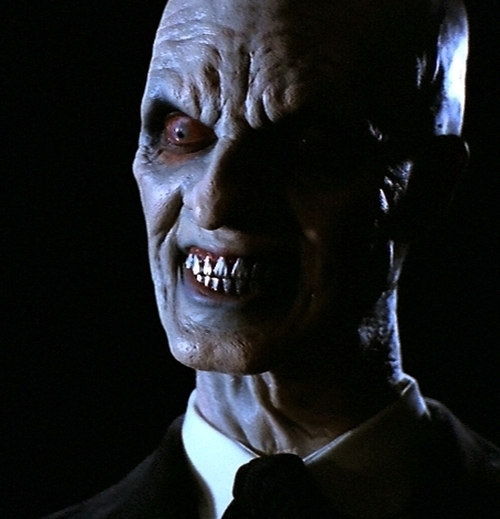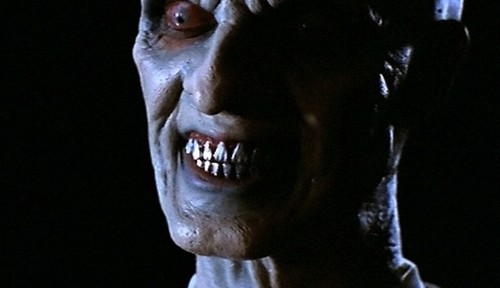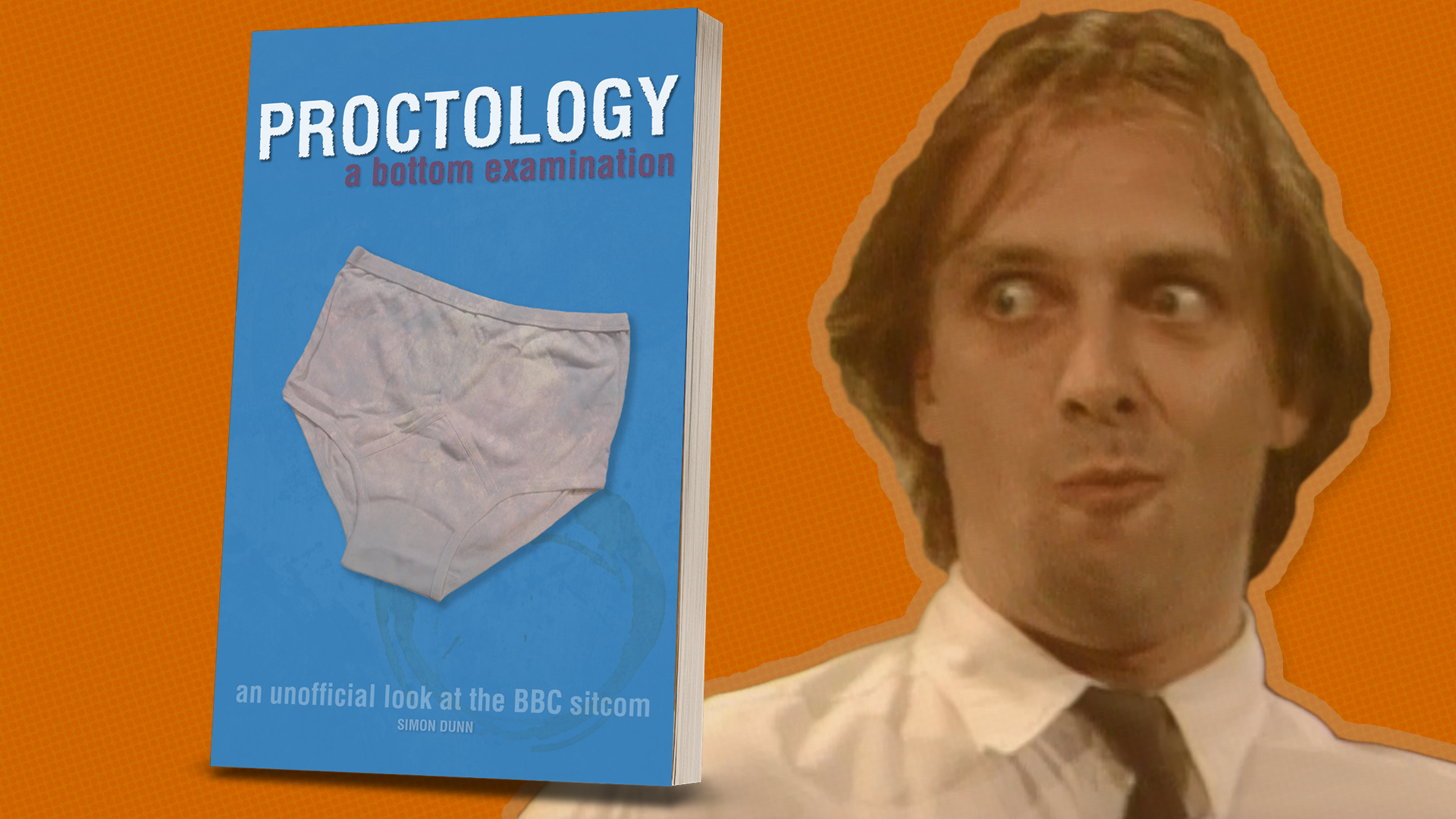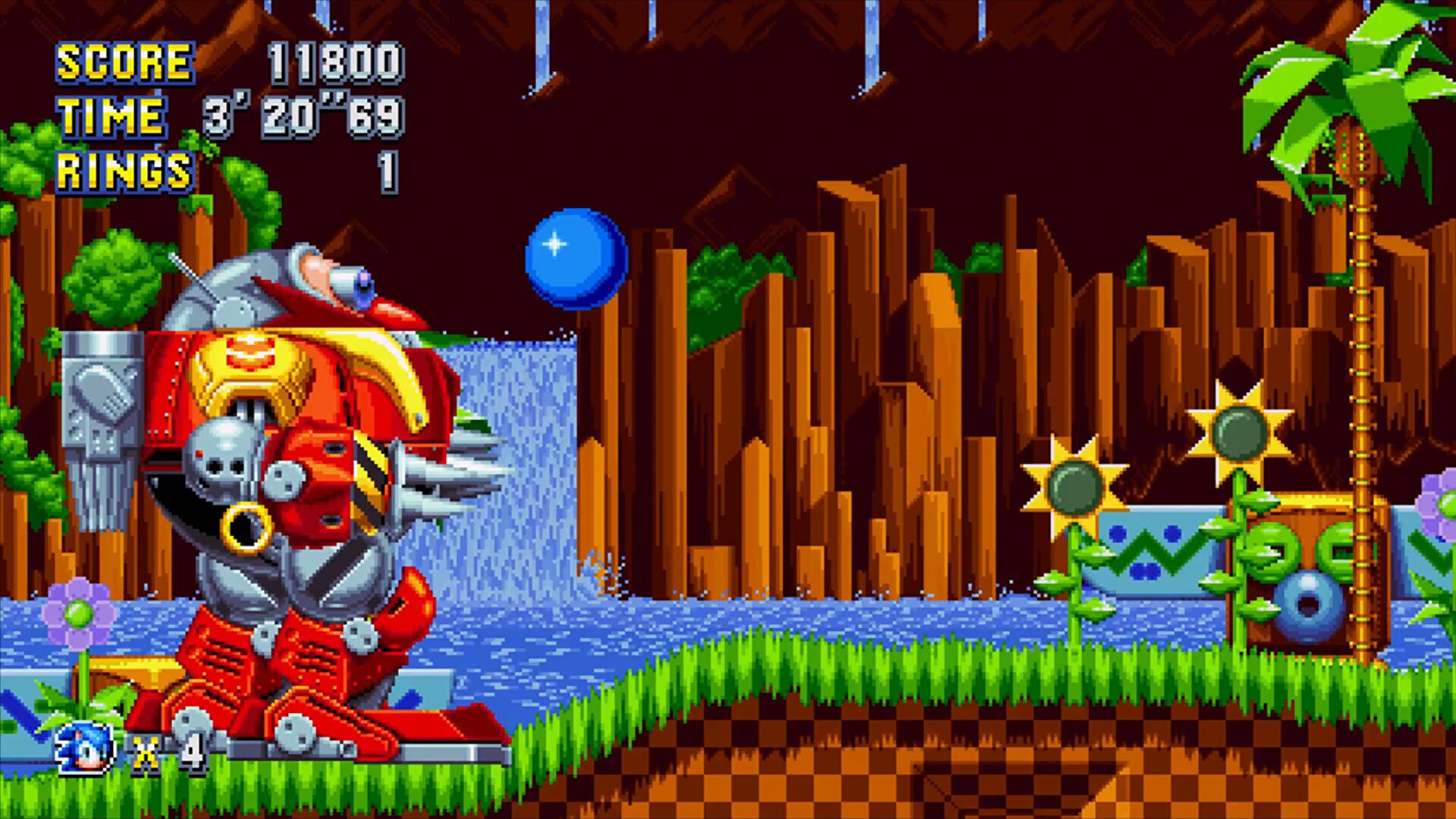Every word of dialogue in your writing needs to earn its place. If it doesn’t deserve to be there, cut it. If it doesn’t need to be there, cut it. If you’re not sure it should be there, cut it.
Let’s take a quick look at the following two lines:
[scrippet]
JANE
By the way, where is Shona?
DAVE
She has gone to the pub.
[/scrippet]
The first cuts to be made should be obvious. We tend to speak in contractions, so where is becomes where’s unless you’re Data in Star Trek, or your character has a distinct idiom of speech.
So, already we’ve got:
[scrippet]
JANE
By the way, where’s Shona?
DAVE
She’s gone to the pub.
[/scrippet]
And it’s better. But it still needs cutting
If you only remember one thing about dialogue, remember this: If you can cut a word without changing the meaning, then cut it.
Using this rule, we can remove she’s, because gone to the pub still means the same thing. Do we need that by the way? The change of subject is readily apparent from the changing of the subject. But we can still remove three more words and still keep everything clear.
[scrippet]
JANE
Where’s Shona?
DAVE
Pub.
[/scrippet]
We’ve cut nine words from twelve, and still we have the same meaning. And the upshot is, our dialogue is much better.
The next question to ask is, do we need this information to further the plot? If not, cut the remaining three words, and move on to the next scene.
If you can cut one hundred percent of the dialogue without affecting your plot, and remain true to your characters’ voice, do it. It doesn’t need to be there.














